The Real Secret to Amazing Long Hair? It’s All in the Layers.
You know the look. Beautiful long hair that, for all its length, just sort of… hangs there. It’s got no spark, no life. If you’re feeling stuck, terrified that the only path to a new style means sacrificing the length you’ve worked so hard for, I get it. But let me introduce you to the absolute game-changer: layering.
In this article
A great layered cut isn’t just about snipping off ends. It’s like architecture for your hair, creating shape, bounce, and a look that feels completely and uniquely you.
Why Layers Actually Work (It’s Kinda Cool)
So many people think layering is just about making thick hair thinner, but honestly, it’s a much smarter process than that. When you understand the ‘why’ behind it, you can have a much better conversation with your stylist and get a cut you’ll love.
It’s All About Weight and Movement
At its heart, layering is basic physics. A single sheet of long hair is heavy, with all the weight pulling straight down from the root. This is why one-length hair can often look flat on top and a bit bulky at the bottom. By cutting layers, a stylist creates shorter pieces that sit on top of longer ones. These shorter pieces are lighter, so they have more freedom to move, which is what gives you that incredible volume and body.

The angle the stylist uses—what we call elevation—determines everything. Holding the hair straight out from the head creates pretty standard, uniform layers. But lifting it higher results in softer, more blended layers, which is my go-to for clients who want a subtle but impactful change.
Hair Density vs. Texture: The Part Everyone Mixes Up
Okay, let’s clear this up, because it’s super important. Texture is about how thick each individual strand of your hair is (fine, medium, or coarse). Density is about how many of those strands you have on your head (thin, average, or thick). You can absolutely have fine-textured hair with super high density.
Good to know: There’s an easy at-home test for density. Pull your dry hair into a ponytail and measure the circumference. If it’s less than two inches around, you probably have lower density. If it’s more than four inches, you’re rocking some seriously high-density hair!
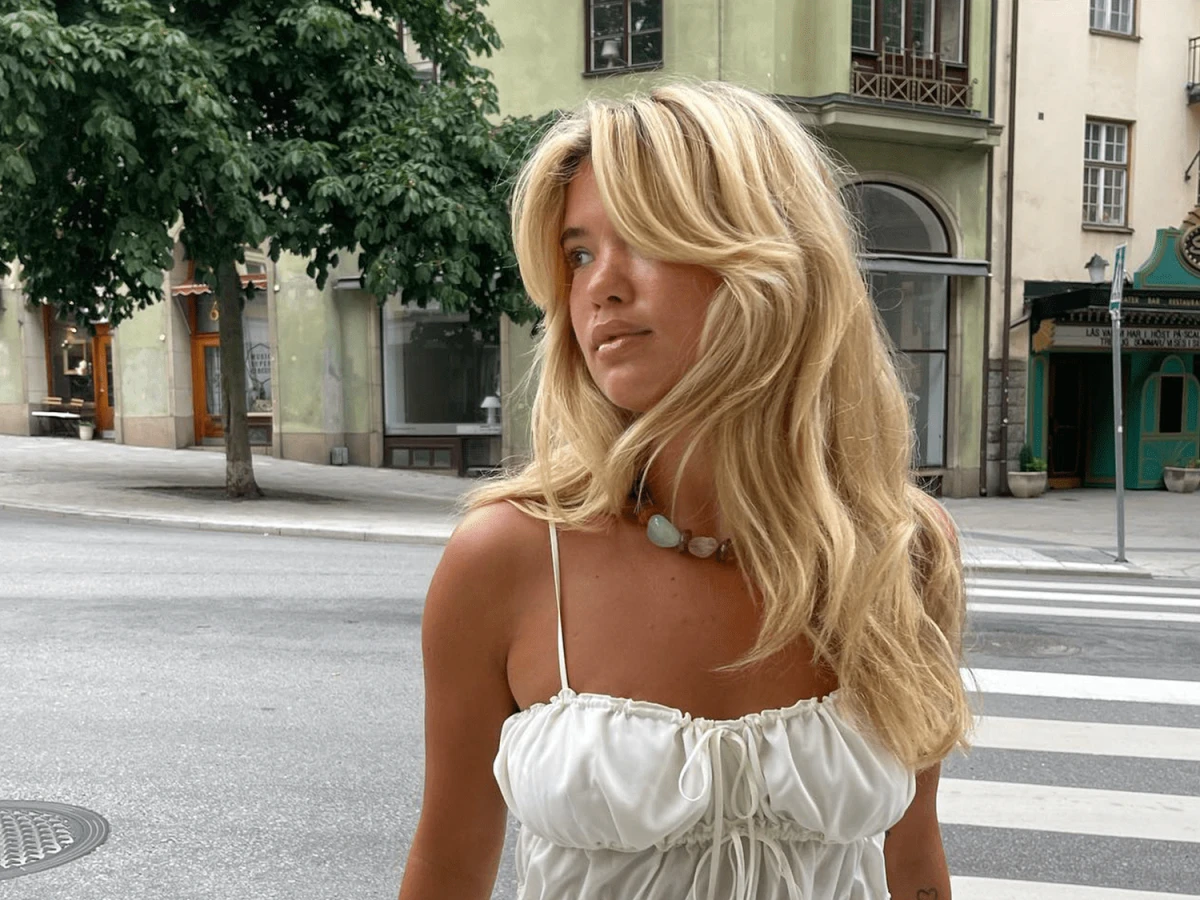
This matters because someone with fine but dense hair can get amazing results from internal, or ‘invisible,’ layers. These are cut underneath the top sections to remove weight without making the hair look visibly layered or thin at the ends. On the flip side, for someone with coarse but thin-density hair, I’d avoid aggressive layering and stick to stronger, cleaner lines to make the hair appear as full as possible.
The Secret Glow-Up
Here’s a cool side effect most people never think about: layers totally change how light interacts with your hair. A solid, one-length cut is a single flat surface, so light reflects off it evenly. But layers create dozens of different surfaces at different angles. This breaks up the light, creating the illusion of natural highlights and lowlights. It gives your hair so much more dimension and can make it look shinier and healthier, even without a drop of color.
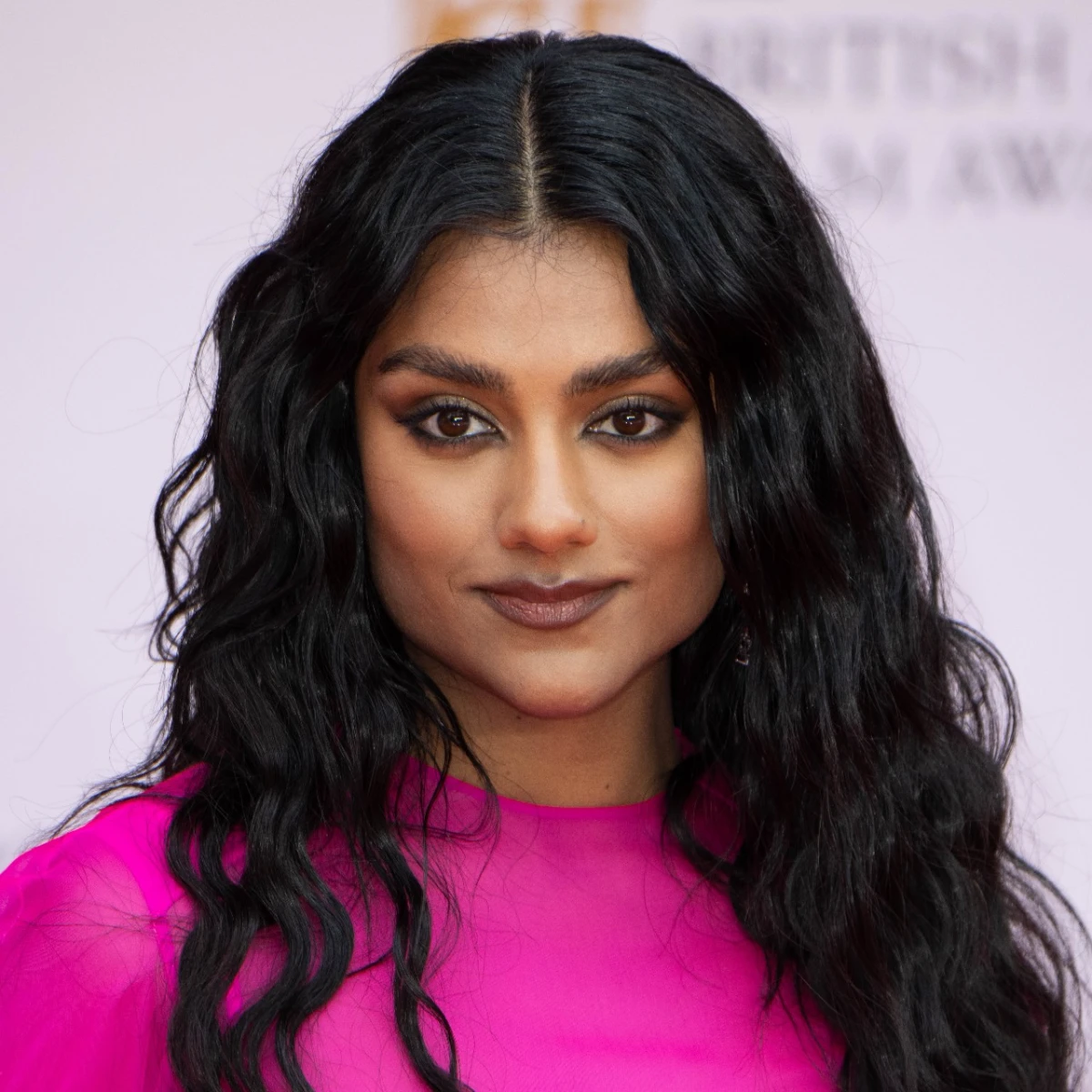
What a Good Stylist is Really Doing
The difference between a so-so haircut and a stunning one comes down to the technique. It’s not just about grabbing scissors and hoping for the best. A lot of the work happens before a single strand is even cut.
The Consultation is EVERYTHING
I’m serious. A great haircut starts with a great chat. I always take 10-15 minutes to talk to a client first. What’s your lifestyle like? Are you a wash-and-go person, or do you have 30 minutes to style your hair? Do you wear it up a lot? If you do, I need to make sure those face-framing layers are long enough to pull back without falling in your face all day.
Heads up! This is also the perfect time to talk about budget. A quality layered cut from a skilled stylist can range anywhere from $80 to over $250 in a major city, depending on their experience and the salon’s reputation. It’s 100% okay to ask for a price quote during the consultation so there are no surprises.
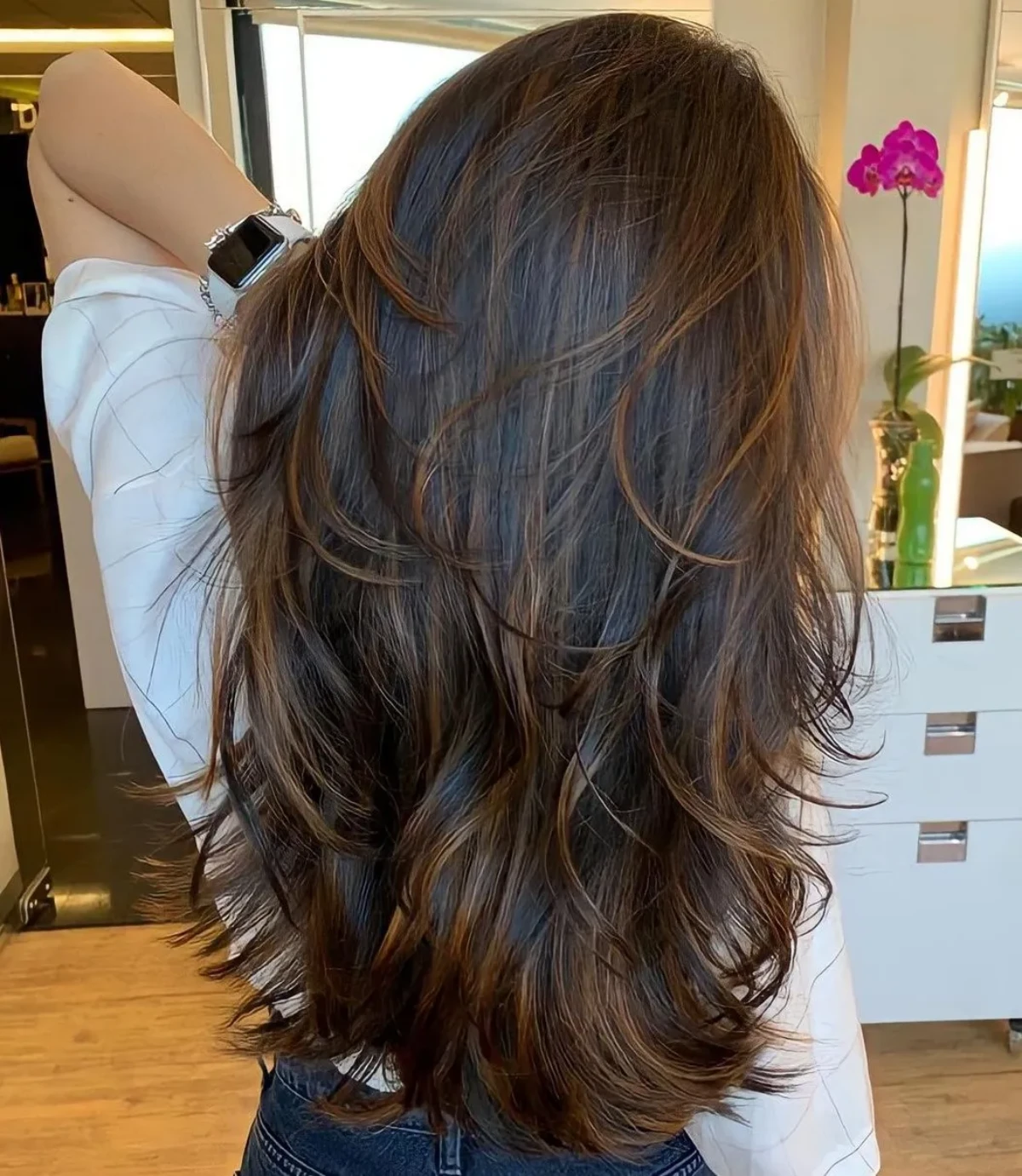
Tools of the Trade
The tools a stylist picks will directly shape your final look. Here’s what’s usually on my station:
- Standard Shears: These are the workhorses for creating those clean, sharp lines at the bottom and for ‘point cutting’ (snipping vertically into the ends) to soften things up.
- Longer Shears: I use these for ‘slide cutting,’ a technique where I glide partially open shears down the hair shaft. This creates the softest, most seamless layers imaginable. By the way, this only works with razor-sharp shears; a dull blade will just shred the hair and cause frizz.
- Texturizing Shears: You know, the ones that look like they have teeth. These are powerful tools for removing bulk, but they need to be used with care. Overusing them is a classic rookie mistake that leads to thin, stringy ends.
- Straight Razor: A razor can create beautifully soft, feathered layers, especially on straight or wavy hair. A word of caution: I’d never use a razor on very curly or frizz-prone hair. It can rough up the hair’s cuticle and make frizz a whole lot worse.
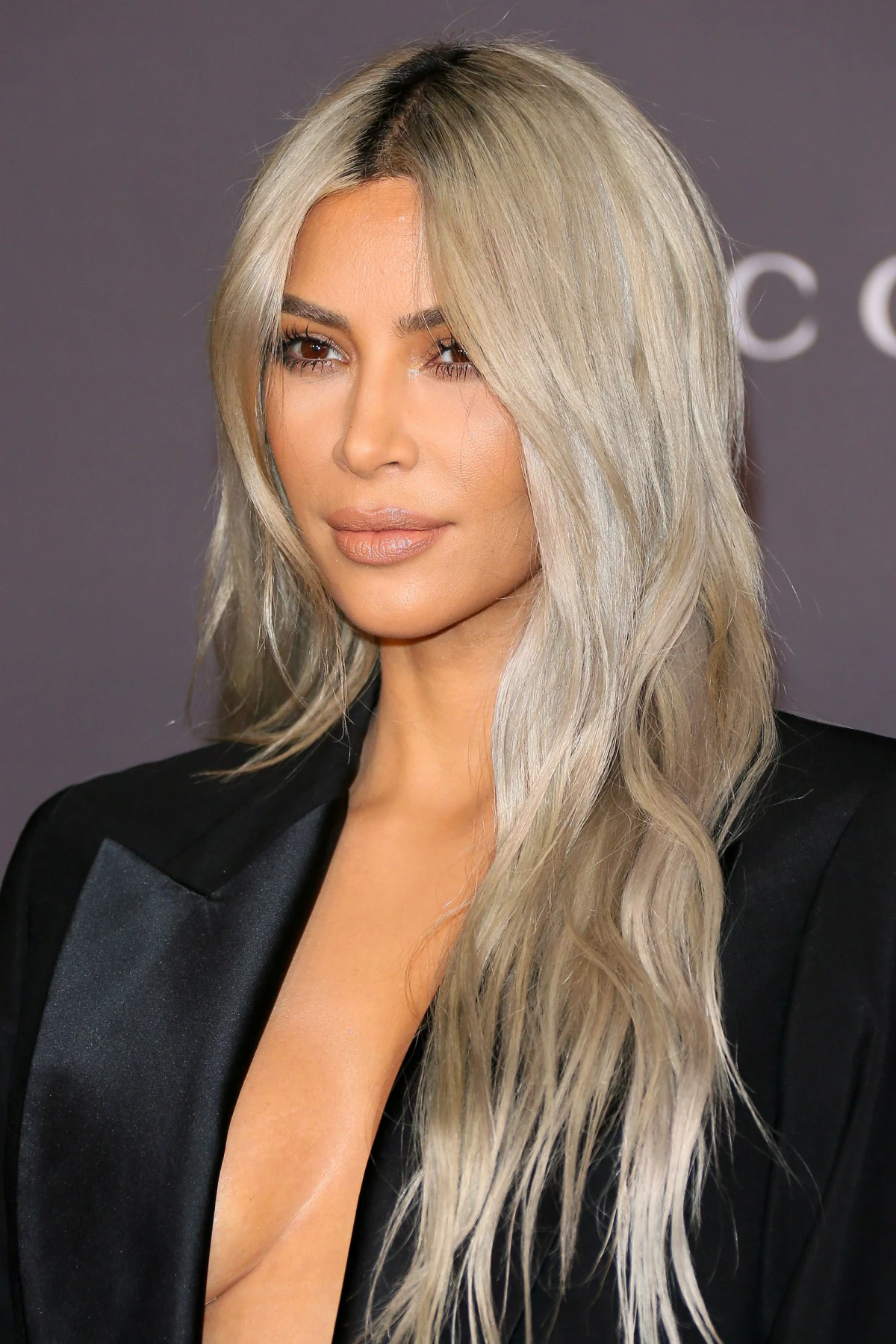
How to Ask for the Layers You Actually Want
Let’s get practical. Knowing the lingo helps you and your stylist get on the same page. Here are a few popular styles and how to ask for them.
The Classic: Face-Framing Layers
This is the universally flattering, can’t-go-wrong option. The layers usually start around the chin or cheekbones and cascade backward, blending seamlessly. They’re designed to open up your face and highlight your best features. It’s perfect if you want a noticeable change without a scary commitment.
How to Ask: Say something like, “I’d love some soft, face-framing layers that start around my chin and blend into my length. I want them to look natural, not choppy.”
Maintenance Vibe: Pretty low-key. You’ll want to get the face-framing bits trimmed every 6-8 weeks to keep them sharp, but the rest of your hair can go longer.
The Modern Edge: Choppy, Textured Layers
This style is all about creating a piecey, undone, and edgy look with more distinct, separated layers. It works best on straight or wavy hair that has at least average density, as it can make very fine hair look a bit thin.

How to Ask: Use words like “textured,” “piecey,” and “movement.” Showing a photo is a huge help here. You could say, “I want bold, choppy layers to create a lot of texture for an undone style.”
Maintenance Vibe: Surprisingly easy on the trim schedule (8-12 weeks is fine), but it does require daily styling to look its best. Without a little product, it can just look messy. For that perfect look, here’s my 2-minute routine: On mostly dry hair, lift sections and spritz a texturizing spray (like a sea salt spray) lightly near the ends, not the roots. Then, just use your fingers to scrunch and mess it up. That’s it!
The Combo: Long Layers with Bangs
Pairing layers with a fringe is a fantastic way to frame the face. You can go for soft curtain bangs that melt right into your layers or a bold, blunt bang for a high-contrast statement.
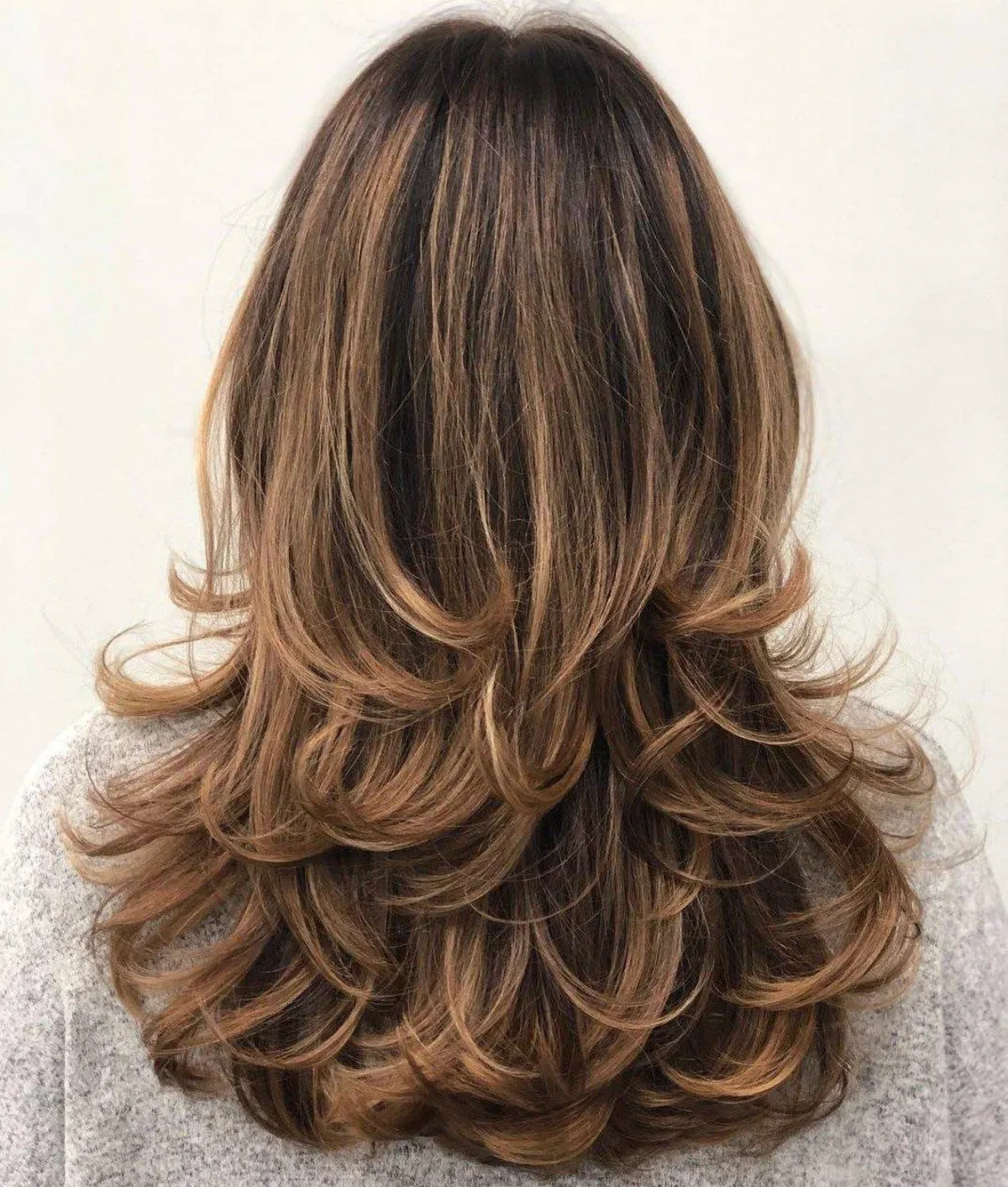
How to Ask: First, be clear on the bang style you want. Then, ask your stylist to connect them to the layers. Try this: “I’d like curtain bangs that sweep to the side and connect smoothly with my face-framing layers.”
Maintenance Vibe: High. Let’s be real, bangs are a commitment. They need a trim every 3-4 weeks to stay out of your eyes. Quick tip: many salons offer complimentary bang trims between your regular appointments, so don’t be afraid to ask!
Troubleshooting and Quick Fixes
Even the best haircut has its off days. Here are some common problems and how to deal with them.
A Quick Win for Flat Hair: Layers looking limp by noon? This is my favorite trick. Flip your head upside down and blast the roots with a shot of cool air from your blow dryer for about 30 seconds. When you flip back up, you’ll have instant, gritty volume that lasts.
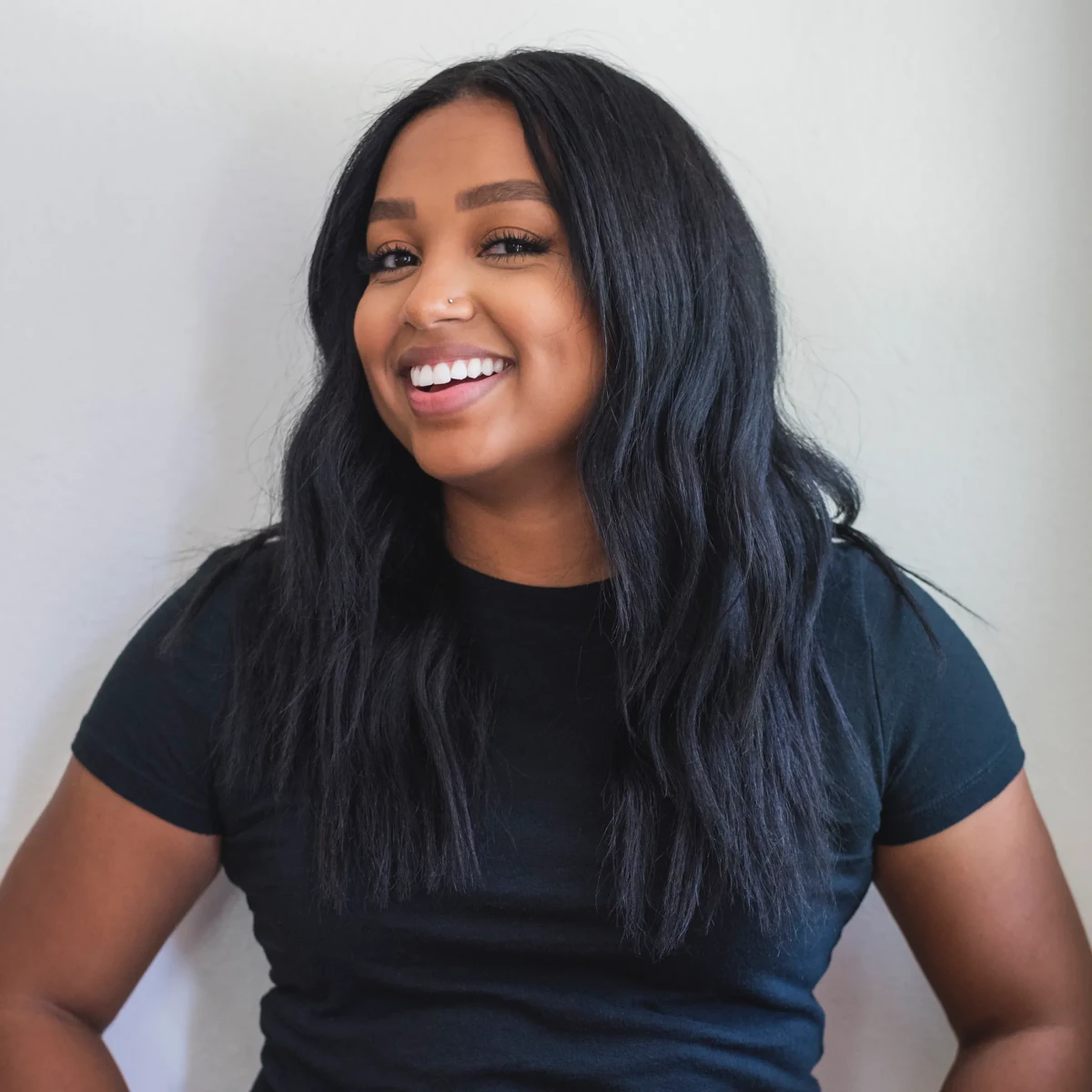
Fixing a Bad Cut: We’ve all been there—a cut with layers that look like shelves on the side of your head. Fixing it takes patience. The goal is to blend those short layers into the longer hair, usually with precise slide cutting to soften the hard lines. It might take a couple of appointments, but a good stylist can create a plan to get you back on track.
The DIY Question: I know it’s tempting, but please, please don’t try to cut your own layers. I once had a new client come in after trying one of those ‘unicorn ponytail’ cuts from a viral video. It left her with what was essentially a mullet that we had to spend the next eight months carefully blending and growing out. It’s always cheaper and less heartbreaking to see a pro from the start.
Protecting Your Investment
A great haircut is an investment in your confidence, so you want to take care of it! The right products are key. Heavy serums can weigh layers down, but a lightweight lotion or mousse can bring them to life. I love the high-end lotions from brands like Kérastase, but honestly, you can find a great, affordable option from L’Oréal at any drugstore.
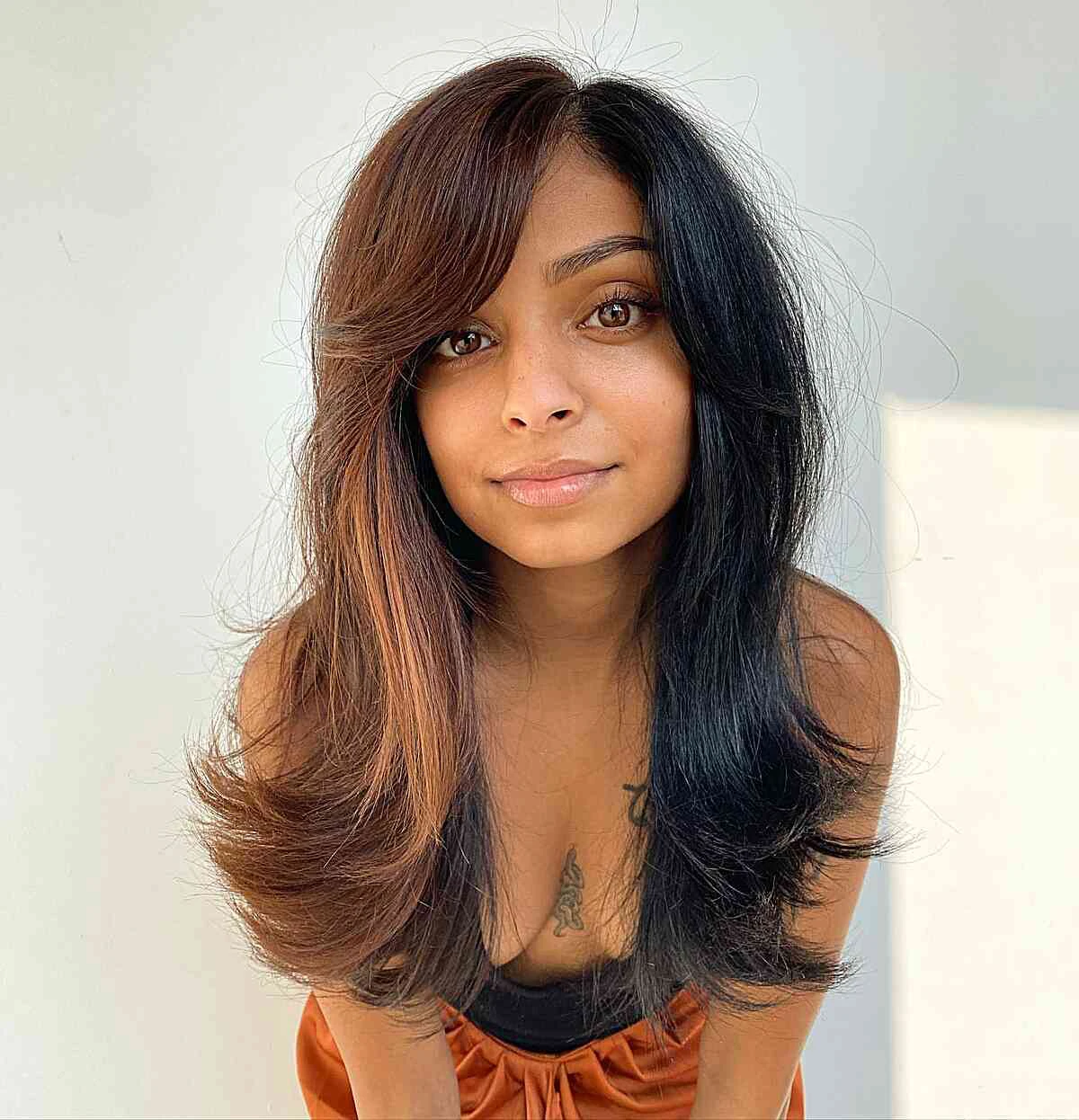
And finally, get regular trims! It’s not an upsell, it’s essential maintenance. Split ends will travel up into your layers, making them look frizzy and ruining the whole shape. A quick trim every 8-10 weeks is all it takes to keep your style looking as amazing as the day you left the salon.
Galerie d’inspiration
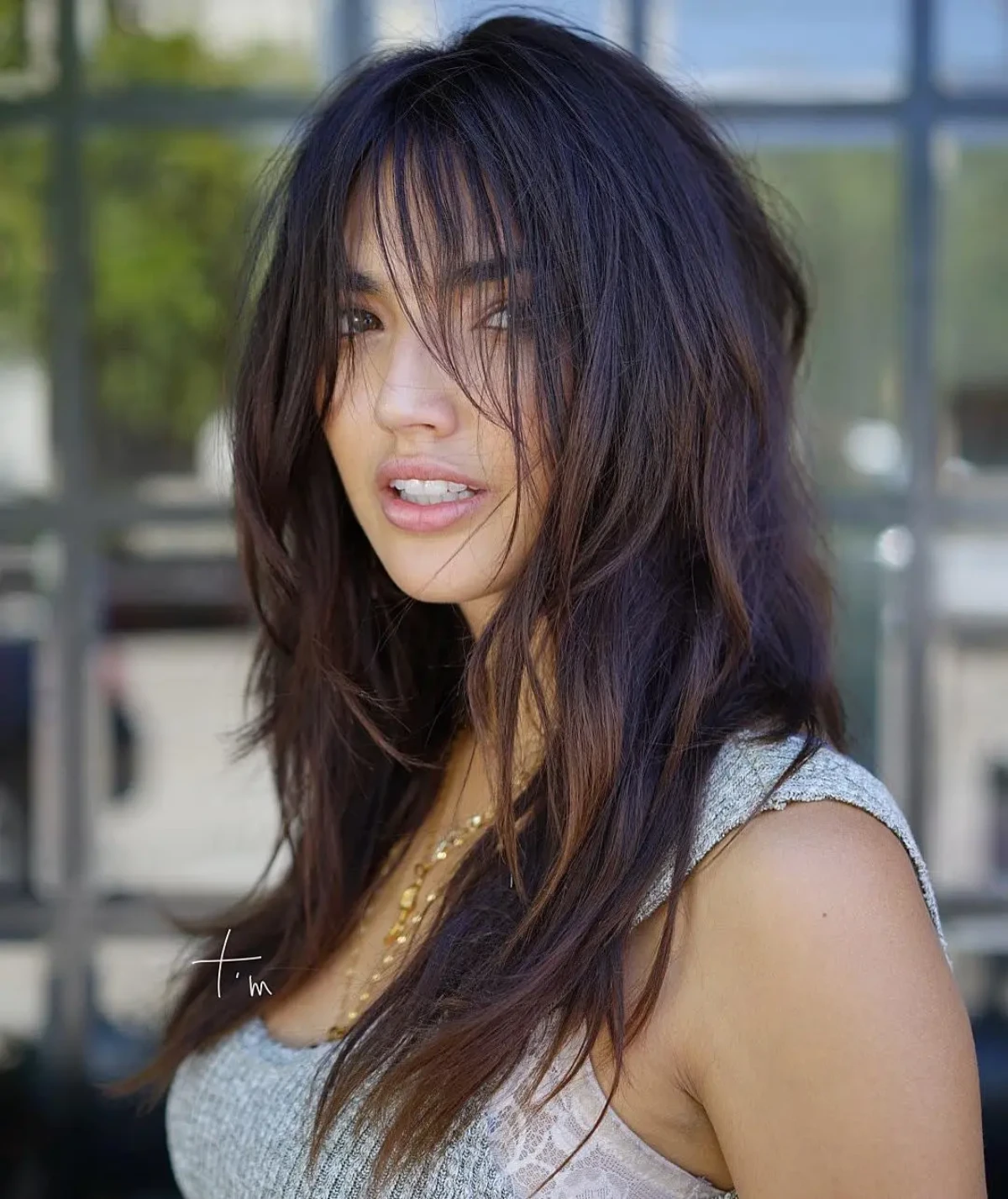
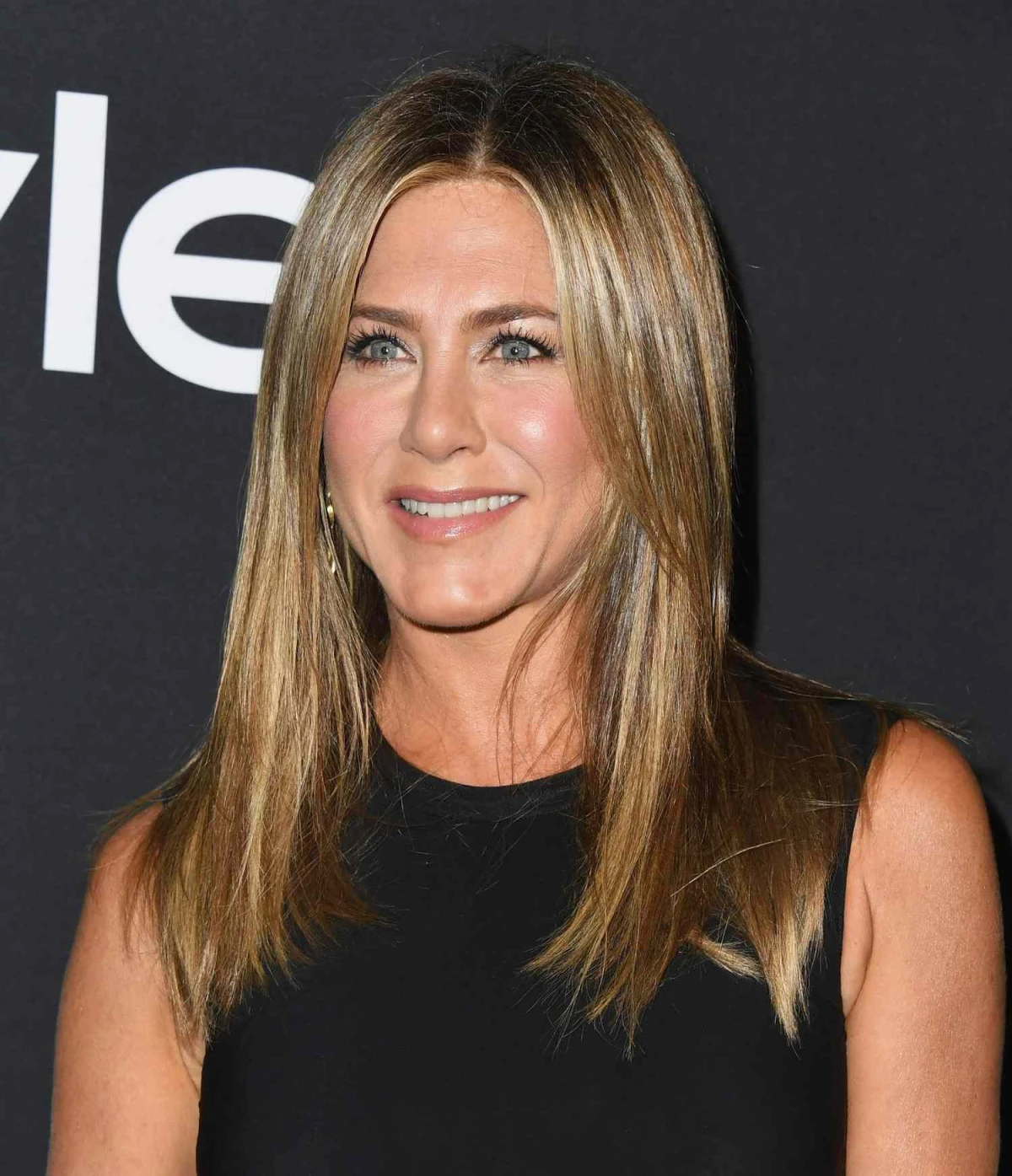
How do you make layers pop without looking over-styled?
The secret is in the product cocktail. Start with damp hair and apply a volumizing mousse, like Kérastase Densimorphose, directly at the roots for lift. Then, once your hair is dry, forget hairspray. Instead, reach for a dry texturizing spray. A light mist of Oribe’s Dry Texturizing Spray through the mid-lengths will give your layers definition, separation, and that perfectly undone, airy quality that moves when you do.
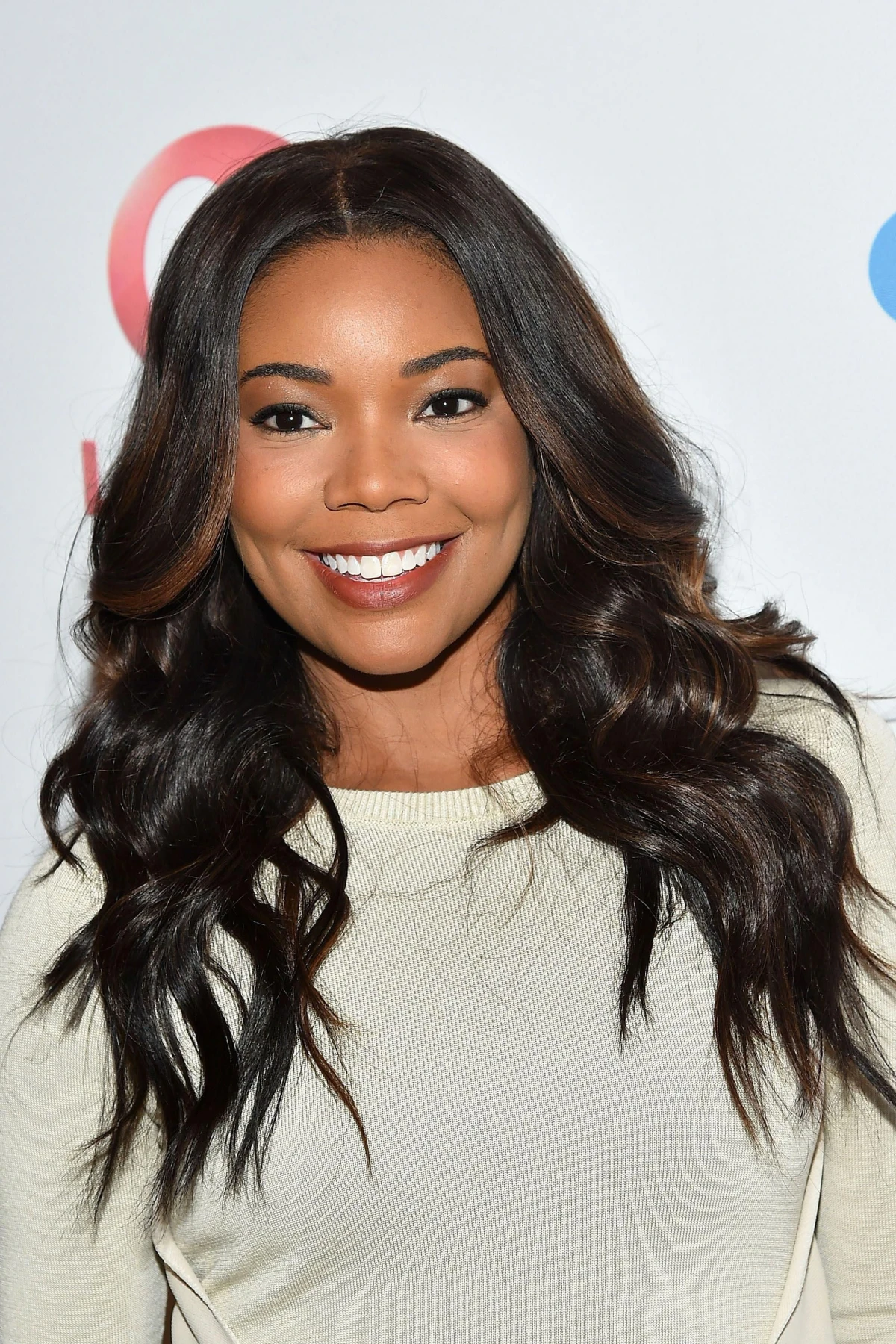
“The biggest mistake is asking for layers without considering your face shape. The shortest layer should act like a spotlight, drawing attention to your best feature, whether it’s your cheekbones, jawline, or eyes.” – A quote often attributed to celebrity hairstylist Jen Atkin.
This means your stylist shouldn’t just cut; they should sculpt. A well-placed face-framing layer can be more impactful than a full head of them, creating a bespoke look that enhances your natural features.
Ghost Layers: As the name suggests, these are practically invisible. The stylist cuts subtle layers into the interior of your hair, removing weight and adding movement that only appears when you walk or toss your hair. It’s the perfect choice if you want body without sacrificing the look of one-length hair.
Butterfly Cut: This viral trend is all about drama. It combines shorter, face-framing layers (the ‘wings’) with longer layers throughout the back. This gives the illusion of shorter hair from the front while keeping your length, offering two looks in one.










